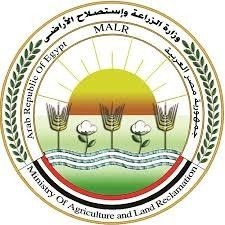Sahara Yield: Water & Agriculture - A World Water Day Special
- Part 1: A Whitepaper on The Local & Regional Outlook
- Part 2: Valuing Water (By Eng. Sherine Elwattar )
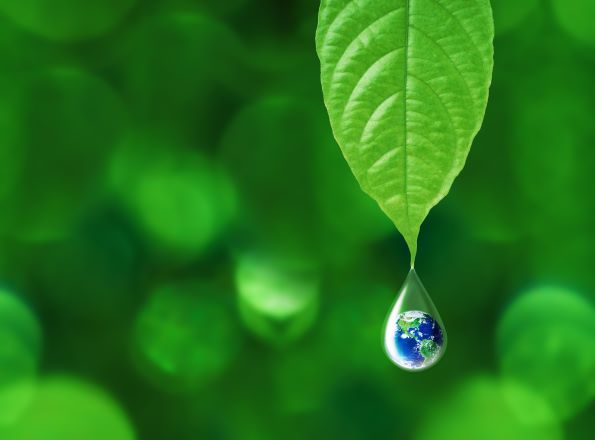
Water is the source of all life.
Early humanity settled, built cities, and developed agriculture around sources of water. However nowadays water poses an imminent threat to a food-secure future as water scarcity in agriculture is expected to worsen in more than 80% of the world's croplands by 2050.
An Inside Look at Water Scarcity in the MENA Region
Water scarcity is a real threat to the MENA region, and Egypt specifically. The region uses 80% of its water for agriculture, which is about 10% higher than the rest of the world. With only 1.4% of the world's freshwater resources, the Middle East and North Africa are now the world's most water-scarce region. Currently accounting for 6.3% of the global population and still experiencing rapid population growth that further stresses water demand. A staggering 40 percent of the global population experiences water scarcity. In the MENA region specifically about 90 percent of children are living in areas of high or extremely high-water stress.
Farming Practices Role
According to the World Bank, due to climate change and shifts in rain patterns, many farmers have turned to sourcing their water needs from natural underground aquifers that cannot be replenished quickly enough, making more water scarcity an inevitability in the future. While little can be done to increase the amount of water available, new technologies can help farmers become more efficient in their use of it. Focusing on sustainable techniques, more efficient irrigation, and introducing agritech are just some of the different paths to achieving water security. In Egypt, shifting from traditional flood irrigation system to modern irrigation techniques such as drip systems and sprinklers has become a necessity.
Egyptian Efforts in the Fields of Water & Agriculture
In the last few years, Egypt has made strong strides towards water treatment among other water-conserving measures that can be used to combat water scarcity and support agriculture at the same time, mainly through tackling the following 3 areas:

Water Treatment Projects:
In 2021, the Bahr Al-Baqar wastewater treatment plant was inaugurated in Port Said, and a second, larger one is already in the works in Al-Hammam. The plants transform high-salinity and drainage water into a development opportunity. Al-Hammam plant is to treat water from Northern Delta farms to support new Western Delta farms on 500,000 feddans. While Jabal Al-Asfar plant is one of the largest treatment plants in the Middle East, and treats about 2.5 million cubic meters per day with a 300 feddan experimental farm utilizing treated water to irrigate that area and preliminary test it on trees such as Lemon, Olive, Citrus, Pecan, and Jatropha.
The Water-Energy-Food Nexus:
Water is not only integral to agriculture and food security, but also intertwined with energy, often called the water-energy-food nexus. The water cycle needs a lot of energy, and energy production needs a lot of water. Projects such as the aforementioned plants are just one way of creating more water security, but in order to honour the linkages between the 3 intertwined pillars, Egypt has launched the National Platform for the Nexus for Water, Food, and Energy (NWFE Program), which aims to investigate solutions and employ a comprehensive framework to promote the green transition in the three interconnected sectors: water, food, and energy.
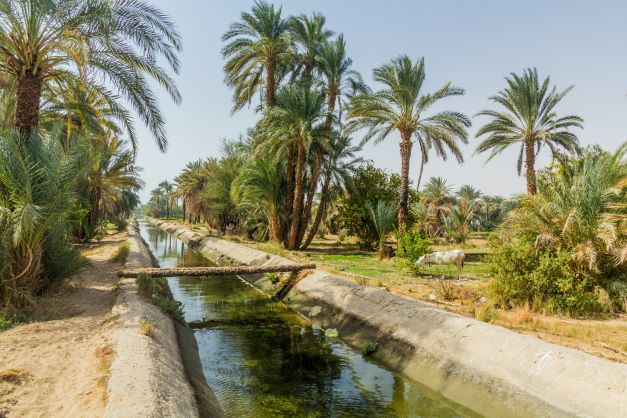
Canal Lining Project:
Egypt has embarked on a project to line and rehabilitate 20 thousands Kilometers of water canals. This is intended to enhance water management and clean water delivery to farming lands by reducing seepage, infiltration from land or consumption by aquatic weeds and inhibit pollution. Long term effects are still uncertain as preventing water seepage into underground implies groundwater levels may be affected, so it is uncertain how this may affect agriculture, water access and ecology in the future. Yet, a Nile Basin Initiative technical report showed that Lined and buried irrigation canals were indeed much more efficient than traditional canals in all types of irrigation.
The Regional Outlook
Across the region, GCC countries ( Bahrain, Kuwait, Oman, Qatar, Saudi Arabia, United Arab Emirates ) have put in place a unified water strategy with combined planned spend on wastewater infrastructure investment averaging US$5.21 billion annually, with a target to increase water reuse capacity to 90% & wastewater collection networks to 60% by 2030.
The UAE additionally follows its own Water Security Strategy 2036 with an aim to reduce water demand by 21%, boost treated water reuse to 95% as it constitutes a key pillar for a water secure future. Further investment in the country’s desalination segment is to be expected around US$2.08 billion.
While in KSA the desalination capacity is expected to grow to 7.5 million cubic meters per day by 2027. Also Saudi efforts have spanned from desalination to water treatment as Madinah 3, Buraydah 2 and Tabuk 2 are all examples of wastewater treatment plants in KSA that will direct 95% of its output to support agricultural use, emphasizing the important link between water & food security along with agriculture.
Outside the GCC, another regional country’s inefficient water usage in agriculture also adds to its water security challenges. Turkey, an already water-stressed country due to decreasing level of annual precipitations & dam occupancy rates, to the edge of drought at certain points, has witnessed over the past few months alone its lowest levels of rainfall in the last 63 years.
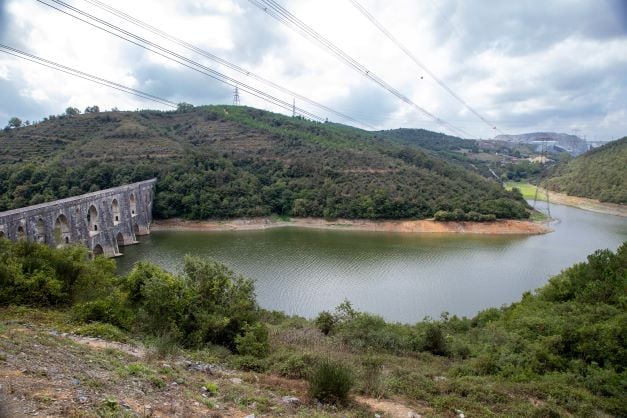
Alibey dam, filled, Kemerburgaz,city forest.Istanbul,Turkey
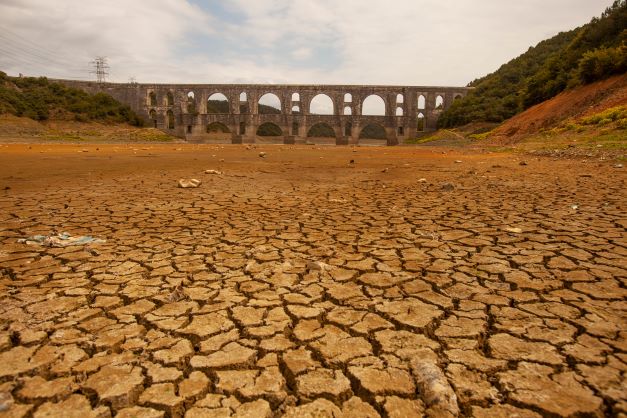
The appearance of Alibeyköy dam when the waters recede, Istanbul, Turkey, 2017
Turkey’s development plan in 2023 expanded to include water reuse as an important measure in the face of water scarcity. As the country upholds a target of increasing wastewater reuse to 5% by end of year. Treated wastewater can be used to feed ground water in addition to industrial use. While the agricultural industry may need to take further measures due to climate change added-effect such as relying on drought-resistant crops and changing crop rotation according to the most drought-affected seasons.
In conclusion, regional and local water security programs are now imperative. Countries need to ensure that they achieve food, water, and energy security to protect the economic stability and sustainability of their citizens.
Water remains the most important resource for life. Moving away from a dependence on finite fresh water, will hopefully lead the way to a water. food and energy secure future for growing populations in the years ahead.
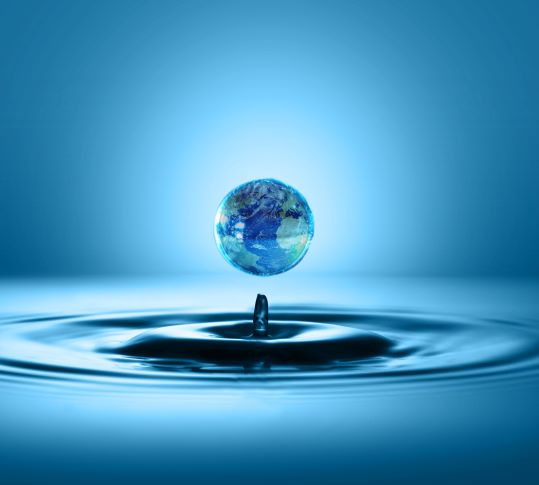
To value water, saying “Water is Life” is not effective.
For decades, governments, scientists, and policy makers have been using “Water is Life” for the public to justify why it is necessary to manage water and address its increasing scarcity. But this is getting boring, and by such ineffective.
Us as a global society first, Egyptian society second are in need for a major behavioural change when it comes to water and our relationship with and how we value it. Typically, the way this is addressed is through awareness raising approaches which we see many of in the Egyptian development ecosystem.
Awareness raising approaches have been widely used in the last decades as a solution to individual and household excessive water use to inform water users of the consequences of wasting water and using it without moderation around the world.
However, with water scarcity increasingly becoming a global threat to humans and industries alike, research started questioning the extent of effectiveness of awareness raising interventions in contributing to lower water consumption and mitigation of water scarcity. The most relevant finding was that targeting the awareness of the public about the issues of water insecurity does not lead to sustainable water conservation behaviour. For human beings to realise they need to change their behaviour, they need to connect to the point of attention (water) on a deeper level of need and connection.
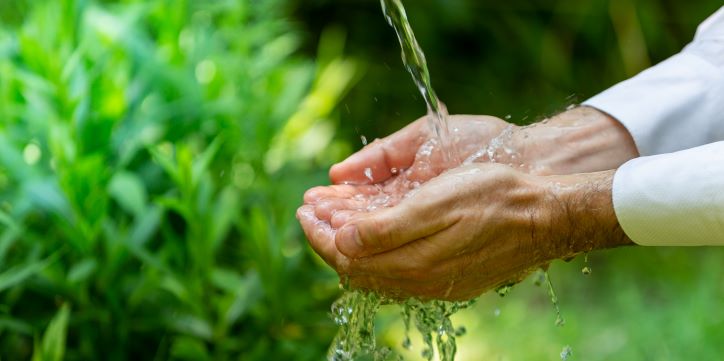
Psychology researchers have found that when we tell a group of people to remember the first memory they have seen and experienced water, beautiful stories unveil. Asking farmers of their first memory of water could include a memory of their grandfather washing his hands in the running water while irrigating his land, with the fruits of his field colouring the area. For civilians, water could remind them of their mothers, because water keeps coming with life, no matter what.
Valuing water is a long term goal that requires generations to pass the torch to the next. And to have a better water future, we must understand that saying “Water is Life” is not really triggering the response needed for sustainable behavioural change in water use.
One of the ways water could be more valued for farmers is through understanding where every droplet of water goes, through remote sensing technology that could estimate the actual evapotranspiration from cultivated land. FAO’s WaPOR is a database that offers this information to aid in calculating water and land productivity for agricultural lands to aid in policy making of large areas of lands that could be difficult for on-ground investigations; just like with a large country like Egypt.
This technology along side genuine curiosity of social dynamics and power relations, water management could improve with time. But this requires in depth data and social research to be able to come up with up-to-date real time data for farmers to be informed in their daily agricultural decisions in a way that does not adversely affect local conditions and established social structures.
For more information on FAO’s WaPOR : https://wapor.apps.fao.org/home/WAPOR_2/1.
